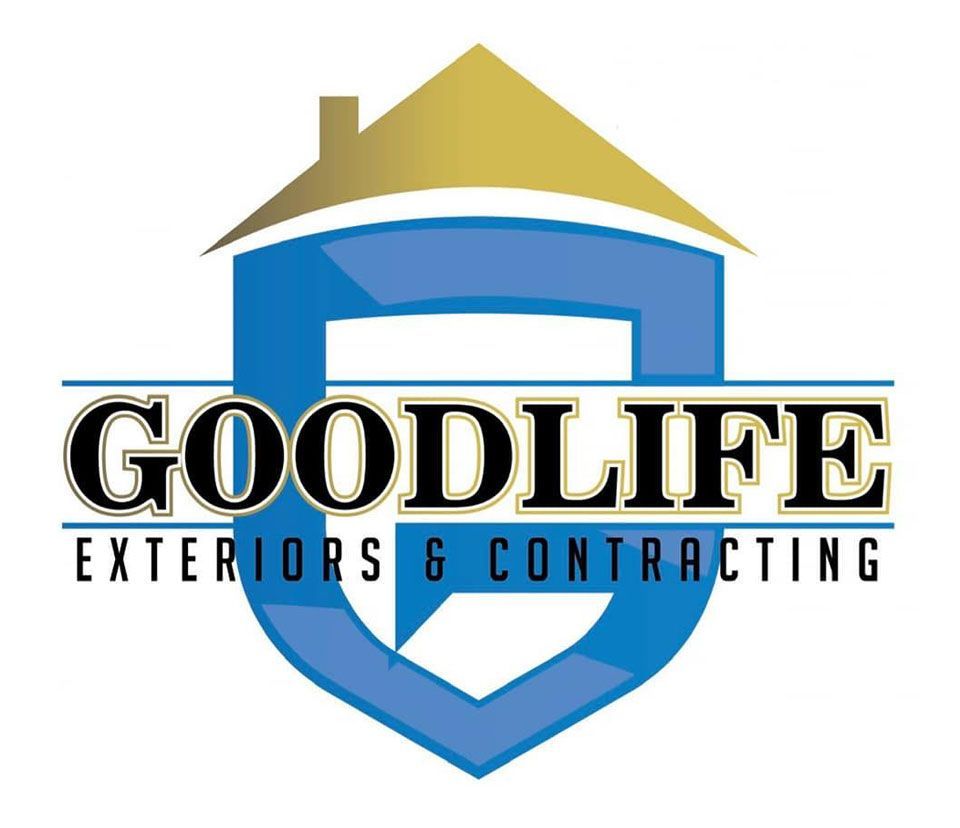July 17, 2025
Installing a new roof is a significant investment that impacts the aesthetics, longevity, and value of your home. A successful roof installation process is not only about selecting the right materials but also encompasses choosing the right contractor and adhering to best practices.
Understand Roofing Materials
Roofing materials vary significantly, each offering distinct advantages and disadvantages. Commonly used materials include asphalt shingles and metal. Asphalt shingles are popular due to their cost-effectiveness and ease of installation. Metal roofs provide durability and are energy-efficient, reflecting sunlight to reduce cooling costs.
While asphalt shingles are budget-friendly, they may have a shorter lifespan compared to other materials. Metal roofs are long-lasting and require minimal maintenance, but their initial costs can be prohibitive.
The selection of roofing material should consider climate, budget, aesthetic preferences, and local building codes. Homeowners in harsh weather areas might opt for metal due to their durability. Budget constraints could lead to choosing asphalt shingles. Compliance with local building codes ensures that the chosen materials meet safety and quality standards. Environmental considerations also play a role, with some materials being more sustainable than others.
Understanding the cost implications of different roofing materials encompasses both initial installation and long-term maintenance expenses. While a metal roof may have higher upfront costs, its durability and low maintenance requirements can lead to cost savings over time. Asphalt shingles are an affordable option for many homeowners, but may involve more frequent repairs or replacements. It's crucial to balance the initial investment with the expected lifespan and maintenance costs. A detailed cost analysis enables informed decisions, aligning material choice with financial capabilities and project goals.
Choose the Right Contractor
Selecting a reputable contractor for your roof installation begins with thorough research and gathering referrals from reliable sources. Talking to friends, family, and neighbors who have undertaken similar projects can provide valuable insights. According to Gitnux, 74% of consumers search for roofing contractors online, and 83% value online reviews as much as personal recommendations. Utilizing a contractor vetted through personal and online references ensures a higher likelihood of project success.
Ensuring that a contractor holds the necessary licenses and insurance is essential for legal and financial protection. Licenses confirm the contractor's compliance with state regulations and industry standards. Verifying licensing and insurance credentials safeguards against financial liabilities and work disruptions.
Obtaining detailed written estimates and clear contracts is crucial for transparency and protecting project interests. Written estimates should outline costs for labor, materials, and any additional fees, allowing for a comprehensive comparison. Contracts must define work scope, timelines, payment schedules, and warranty details. Any changes should be documented and agreed upon to prevent misunderstandings or disputes. A well-drafted contract forms the foundation for a smooth and accountable installation process.
Effective communication with contractors is vital for project clarity and addressing concerns promptly. Contractors should be responsive, providing timely updates and clarifying technical details when requested. Assessing communication skills during an initial consultation helps predict future interactions. Establishing a reliable mode of communication can avert potential delays and misunderstandings. A contractor who values customer communication contributes to a more collaborative and adaptable workflow.
Prepare Your Home for Installation
Preparing the site involves clearing the work area to ensure safety and efficiency during installation. Remove vehicles, patio furniture, and other obstructions from driveways and adjacent areas. Landscaping elements like trees or shrubs that could obstruct work should be trimmed or temporarily relocated. Ensuring a clear perimeter facilitates contractor access and reduces the risk of accidental damage. A well-prepared site is a preamble to an organized and hassle-free installation process.
The interior of your home requires protection from dust, debris, and potential water intrusion during roof installation. Cover furnishings and sensitive equipment with plastic sheeting to shield them from dust and falling debris. It's also essential to secure attic spaces and monitor for any signs of water leaks or structural impacts. Sensitive areas, like valuable collections or electronics, should be relocated to avoid accidents. Proactive interior protection maintains the integrity and cleanliness of living areas amidst external renovations.
Considerate communication with neighbors about upcoming roof work can avert neighborly friction and minimize disruptions. Inform neighbors about potential noise and the project's expected duration, allowing them to plan accordingly. Notifying neighbors reflects respect for their comfort and fosters a cooperative community atmosphere. Such transparency helps maintain favorable relationships throughout the duration of the project.
Weather plays a significant role in scheduling and conducting successful roof installation projects. Monitoring forecasts and planning around favorable conditions ensures work progresses uninterrupted. Wet or extremely hot weather may complicate installations, compromising safety and quality. Contractors should develop contingency plans to address unpredictable weather changes. Clear communication and flexibility with scheduling help manage potential weather-related disruptions efficiently.
Coordinating with your contractor ensures that labor, materials, and weather readiness align with your project's timeline. Optimal scheduling involves balancing contractor availability with personal convenience to minimize disruptions. Factoring in possible delays and being flexible with timelines allows for smoother project execution. A thorough scheduling process includes contingency plans for weather shifts and material shortages. Effective scheduling guarantees a well-coordinated and timely roof installation.
Plan Post-Installation Maintenance
Routine roof inspections identify early signs of wear, damage, or potential issues, averting significant repairs and expenses. Seasonal inspections, particularly post-storm, reveal hidden damage that could compromise roof integrity. Inspections should encompass shingle condition, flashing, vents, and gutter performance. Documenting findings and promptly addressing emerging concerns maintains roof durability and extends functionality. Consistent inspections uphold structural reliability year-round, preserving both aesthetics and functionality.
Quickly addressing minor repairs curtails progression into substantial damage, saving time and financial resources. Immediate repair of cracked shingles, loose flashing, or minor leaks inhibits moisture ingress and additional complications. Proactive repairs circumvent escalating issues like water damage, mold, or structural deterioration. Employing professional assessments and repairs ensures meticulous execution and effective solutions. Addressing repairs promptly sustains roof longevity and minimizes long-term repair needs.
Regular gutter and downspout maintenance prevents water accumulation and direct roof impact, advancing roof longevity. Gutters should be cleared of debris seasonally to ensure optimal water flow and avoid blockages. Secure attachment of downspouts directs water runoff away from the foundation, alleviating potential water damage risks. Periodic gutter inspections preserve structural integrity and functional efficiency, complementing comprehensive roof maintenance. Proper gutter care averts ancillary issues and supports overall roof health.
Long-term roof care considerations integrate proactive maintenance, timely repairs, and an overarching commitment to roof health. Regular assessments and professional maintenance prolong roof life and enhance value preservation. A systematic maintenance schedule, aligned with weather patterns and seasonal demands, optimizes performance. Advanced planning for future replacements or upgrades maintains alignment with evolving needs and technological innovations. These considerations uphold durable performance and transition readiness throughout the roof lifecycle.
Cope With Common Challenges
Weather unpredictability demands adaptive strategies to ensure smooth roof installation execution. Weather monitoring and contingency plans address unexpected interruptions, minimizing project disruption. Clear contractual agreements often outline procedures for weather-induced delays, maintaining project transparency. Contractors should have access to materials and adjust timelines as necessary, incorporating weather flexibility into planning. Coping with variable weather through strategic planning and responsiveness assures installation success.
Establishing warranty coverage assures long-term roof security and peace of mind against material or installation defects. Understanding warranty terms regarding coverage, duration, and claim procedures equips homeowners for handling informed issues. Documentation retention and routine maintenance support warranty validation, streamlining future claims if needed. Validating warranty details prior to project initiation secures protection, aligning warranty terms with overall installation objectives. Robust warranty coverage complements quality installations, reinforcing enduring protection.
Successfully installing a new roof involves much more than selecting materials—it requires thoughtful preparation, clear communication, and an experienced contractor who prioritizes quality and transparency. From understanding your roofing options to safeguarding your property during the process, each step plays a vital role in ensuring long-term durability and peace of mind. Equally important is maintaining your investment through regular inspections and timely repairs, so your roof continues to protect your home and enhance its value.
If you’re planning a roof installation or simply need expert guidance on the next steps, rely on Goodlife Exteriors & Contracting to deliver results you can count on. With professional service, premium materials, and a commitment to customer satisfaction, we make the entire roofing process seamless from start to finish. Contact us today to schedule your consultation and experience roofing done right.









